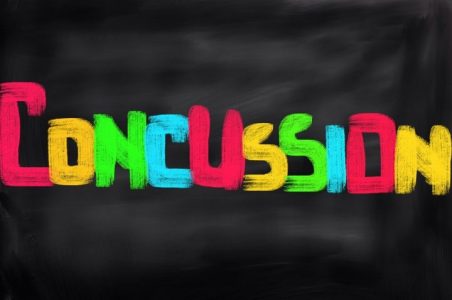 New research out of the Medical College of Wisconsin suggests that coaches, trainers, parents and players are doing a better job of managing concussions in high school and college athletes.
New research out of the Medical College of Wisconsin suggests that coaches, trainers, parents and players are doing a better job of managing concussions in high school and college athletes.
In an effort to determine how often athletes acheived a symptom-free waiting period (SFWP) prior to returning to sport, researchers looked at data from a larger prospective study that examined sport-related concussions (SRC) across 13 sports from 2012 to 2014. 143 concussions were reported during the three-year period, and athletes self-reported symptoms, return to sport and reinjury information.
After looking at the data, researchers uncovered that 99.3 percent of athletes acheived a symptom-free waiting period prior to returning to sporting activities, and the mean self-reported symptom duration was 6.35 days. Other findings from the study include:
- 72.7 percent reported symptom recovery within a week, 93.7 reported symptom recovery within two weeks, and 99.3 percent reported symptom recovery within a month.
- The rate of repeat concussions was rather low, coming in a 3.8 percent.
- Repeat concussions occured between 8 and 42 days after initial injuries.
The findings are interesting, and they showcase some positive trends when compared to previous studies on SRCs and SFWPs. Researchers stated that compared to a previously published piece on concussions using data from 1999 to 2004, we’re doing a much better job at making sure athletes are fully recovered from their symptoms before returning to sport. The new study showed that more athletes achevied a SFWP prior to returning to sport (99.3 percent vs. 60.3 percent), duration of SWFP was longer (6.1 days vs. 3.2 days) and athletes were held out of sporting activities for more days than in the previous study (12.3 days vs. 7.4 days). Researchers concluded that the findings supported improved adherence to clinical management guidelines through increased utilization of SFWPs after SRC.
First Author Adam Pfaller said he was pleased to see that the sports community is placing a higher emphasis on concussion management than in years past.
“It is a good sign that symptom free waiting periods are more commonly utilized now, and it’s allowing athletes to be outside the 7-10 day window of cerebral vulnerability prior to returning to athletic activity,” said Pfaller. “Athletes are on average being held out 5 days longer than they were 10-15 years ago.”
He ended by saying that coaches and trainers are doing a better job of spotting concussions and ensuring athletes are fully healed before letting them back on the playing field.